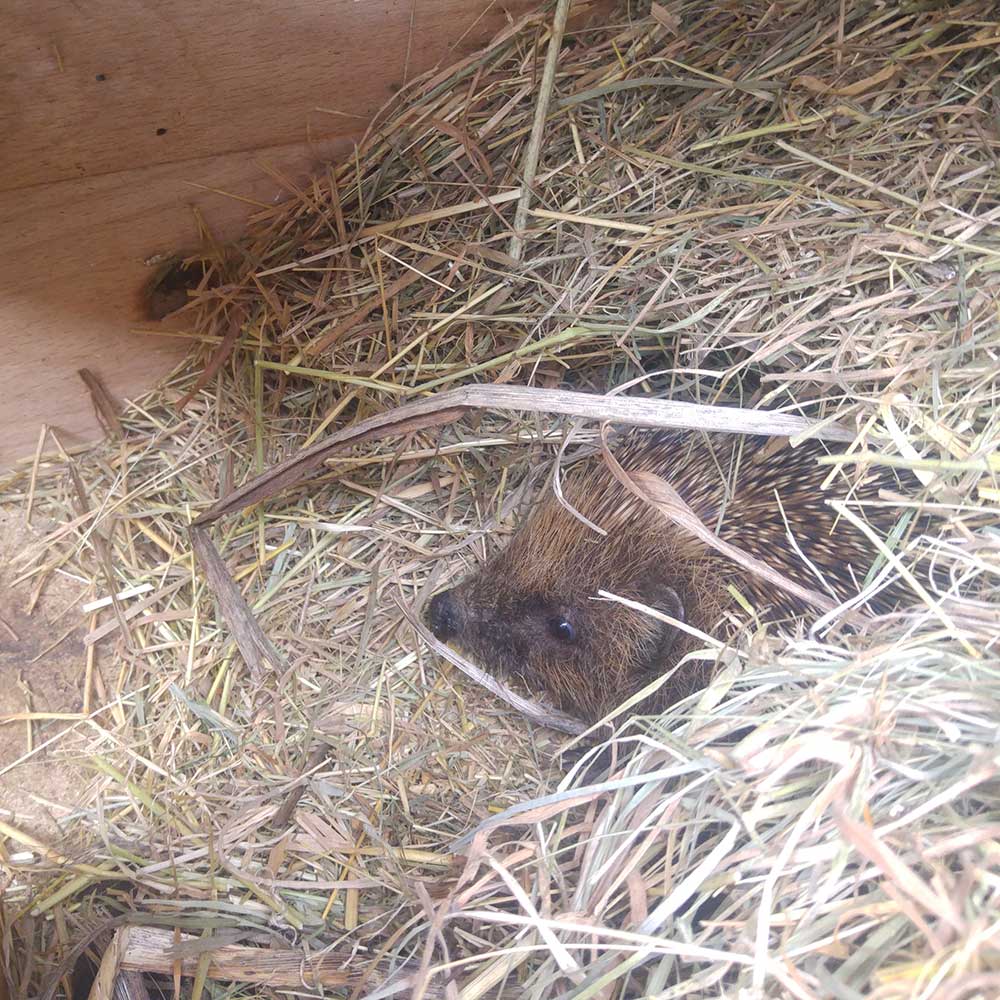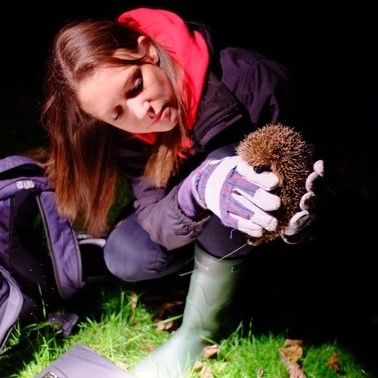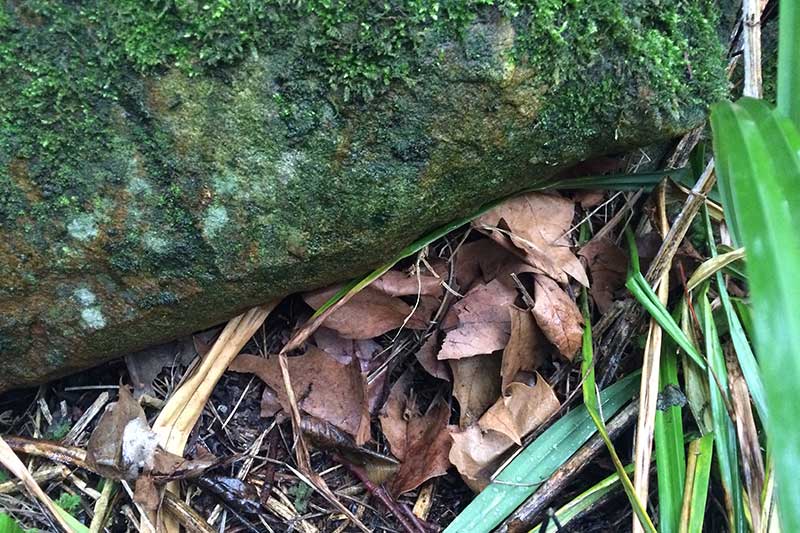How hedgehogs hibernate
Hedgehogs spend roughly half their lives in hibernation. That’s a lot of time spent sleeping and, considering their numbers have plummeted in recent years, it’s important to know what specific threats they may face during this period. Dr Lucy Bearman-Brown, senior lecturer at Hartpury University, Gloucestershire, has been following the lives of the hedgehogs on her campus for nearly ten years. So she was perfectly placed to investigate the different factors associated with hibernation and which may be important in impacting hedgehog numbers.
138 hedgehog hibernation nests
Lucy, along with Dr Richard Yarnell & Dr Antonio Uzal, radio-tracked 31 hedgehogs at two different mixed commercial farms in England, one arable-dominated (Brackenhurst) and the other pasture-dominated (Hartpury). Both farms are large, over 330ha, and made up of university campuses alongside the farmland. Habitat varies across the sites consisting of a mixture of arable and pasture fields, amenity grassland, woodland and hedgerows, as well as the university buildings. Lucy and her surveyors worked over two winters, collecting information on 138 hibernation nests.
One issue concerning us is how much weight hedgehogs lose whilst they’re sleeping. It’s important to know because in areas with little or lower food availability, hedgehogs may expend energy roaming further looking for more food to put on weight. Or if there’s less food available then the hedgehog population is likely to remain low and vulnerable. Lucy gathered information for twenty-one animals, weighing them just before they went into a deep slumber, and again when they became active. Her findings were fascinating. At both sites females lost body mass, 14% at Lucy’s campus Hartpury and 25% at Brackenhurst in Nottinghamshire. Surprisingly, whilst the males at Hartpury lost about 15% on average – a similar amount to the females that also lived there – the male hedgehogs at Brackenhurst increased their body mass.
Moving home
Interestingly it seemed that the more often the hedgehogs moved nests, the greater their loss of body mass. Lucy isn’t sure whether the hedgehogs that gained weight were able to forage and find food during the winter or if they had woken earlier than suspected in March or April and already begun to forage and put weight back on. Reassuringly, these body mass reductions are within the range recorded in many previous studies.
Moving nests is not unusual for hibernation species. We don’t know why they move – but we do know it happens. The hedgehogs nested in roughly five nests each during their 151-day hibernation period. Thirteen animals stayed in the same nest for at least 89 days before moving and all hedgehogs used at least three different nests during hibernation. We know that hibernation patterns may vary in different countries or regions; latitudinal differences that affect weather and temperature can vary the length of the hibernation period.
Why do hedgehogs change nests during hibernation?
Why do hedgehogs change nests during hibernation? Do they need to rouse periodically, to get their organs functioning again or to avoid parasites? Or is it because temperature or humidity fluctuations changed at their chosen nest site and they need to look for somewhere more suitable? Do they move because there’s less chance of being discovered by a predator if they change nest sites frequently? Or would they prefer long stable winters and ideally not rouse and move at all during hibernation?
There’s still much we need to find out but, reassuringly, none of Lucy’s hedgehogs died during the hibernation period. This means that their more vulnerable time – to predation, road kill or starvation – is when they are active, and directly before and after winter. Other PTES & BHPS-funded research will provide more answers to some of these questions soon.
Thank you for helping us fund this research to protect hedgehogs in the UK.
If you’d like to support work like this, please donate or set up a direct debit today.




